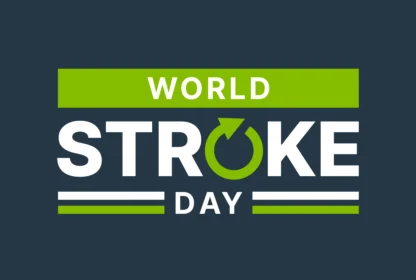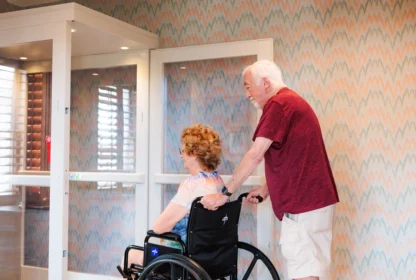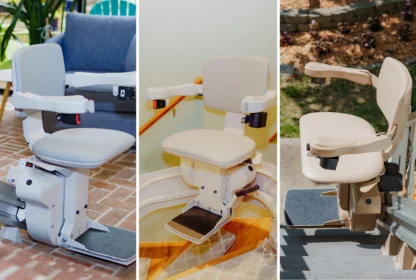Winter Survival Guide: 5 Tips for Staying Safe, and Sane, Throughout the Season

Longer evenings, colder temps, and bone-chilling winds. Slick ice and slippery snow-covered roads and walkways. Higher heating bills. Cabin fever. The winter season can be a recipe for disaster, especially for individuals who live alone, have mobility issues, or are prone to depression or SAD (seasonal affective disorder).
There are plenty of things to enjoy about winter though, like hot chocolate, a warm fireside rocking chair and a good book, and the simple beauty of freshly fallen snow. By following these tips, you can survive, even thrive, during the season:
Tip #1: Stay connected socially, and stay intellectually active. If you don’t have a computer or tablet, this may be a good time to purchase one. Besides the entertainment and educational value, technology can help you keep in touch with “the outside world” on a more regular basis. Whether you have a computer or not, you should call your family, friends and grandkids often in the winter. Read books, work on puzzles, write letters. Invite nearby neighbors over to play cards, enjoy a meal together, or just to chat. Staying busy — and connected — is also a great way for others to know that you’re safe: not hearing from you after they’ve been used to regular contact may prompt a vital check-in.
Tip #2: Keep moving. Play in the snow with your grandkids. Shovel (carefully) the walkways around your home. Bundle up and get outside on sunny days for a much-needed Vitamin D boost. Exercise indoors with a favorite fitness DVD. Find a way to stay physically active as much as possible, even though you’d probably rather curl up on the couch. You’ll avoid gaining the notorious winter weight, and you’ll better maintain your mobility even though the weather may cause you to be more isolated than usual.
Tip #3: Winterize your home. Have family members or friends help you cover drafty windows and doors and check to see that all heating systems are operational and functioning correctly. Avoid outdoor hazards by making sure you have salt for your walking paths and wheelchair ramps. Hire a neighbor to shovel or salt the paths if you cannot do so safely. Consider using flameless candles or flameless logs in your fireplace. If you choose to heat certain areas of the home with space heaters, exercise caution.
Tip #4: Eat healthy, nourishing foods and stay hydrated. Yes, it’s possible to get dehydrated in the winter, so be sure to drink plenty of fluids. (Think of how dry your skin gets when you spend some time in the cold air.) Hot beverages can be soothing and a welcome comfort in the colder months. Also, since you’re not getting as many nutrients from natural sunlight during the winter, and you’re more susceptible to colds, flus and viruses, it’s important to get those good-for-you vitamins in your food. Read this Winter Nutrition Guide to learn what you should eat, and often, in the winter months.
Tip #5: Have a readiness plan in place. If a blizzard knocks out power and blocks major roads for days on end, do you have enough food and water to survive? What if you rely on a stairlift or ramp that operates on electricity? Will you be able to move around your home without it? Do you have a way to stay warm without heat? Be prepared for a power outage with a generator; our company, 101 Mobility, sells the Generac line of products. If you live in a rural area, perhaps setting up a signal or system with your closest neighbor is also wise, so you can keep an eye on each other during a weather emergency and reach out for help if the need arises. Head to Ready.gov to create your readiness plan; you’ll also find great tips for building a disaster kit too.
Dig deeper: check out a previous post, Aging in Place Alone: Tips for Avoiding Isolation and Injury, for more on this topic.


